
“With time the bubble explodes, releasing gas. This is how gigantic funnels form.” Picture: Yamal Region
Scientists have discovered as many as 7,000 gas-filled ‘bubbles’ expected to explode in Actic regions of Siberia after an exercise involving field expeditions and satellite surveillance, TASS reported.
A number of large craters – seen on our images here – have appeared on the landscape in northern Siberia in recent years and they are being carefully studied by scientists who believe they were formed when pingos exploded.
Alexey Titovsky, director of Yamal department for science and innovation, said: ‘At first such a bump is a bubble, or ‘bulgunyakh’ in the local Yakut language.
‘With time the bubble explodes, releasing gas. This is how gigantic funnels form.’
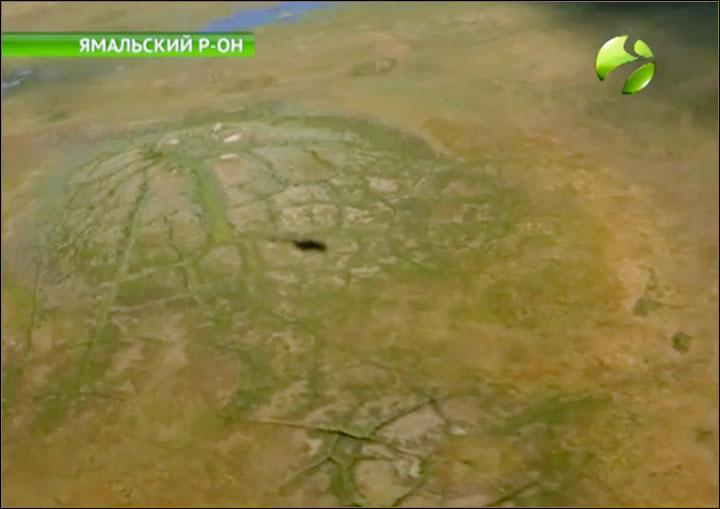
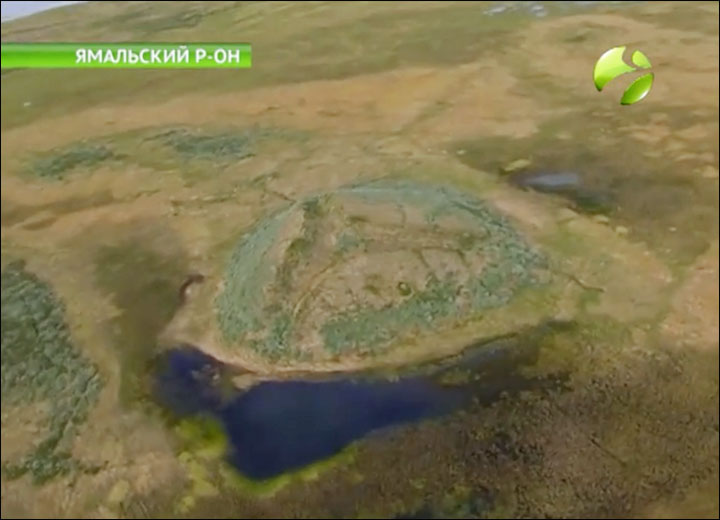
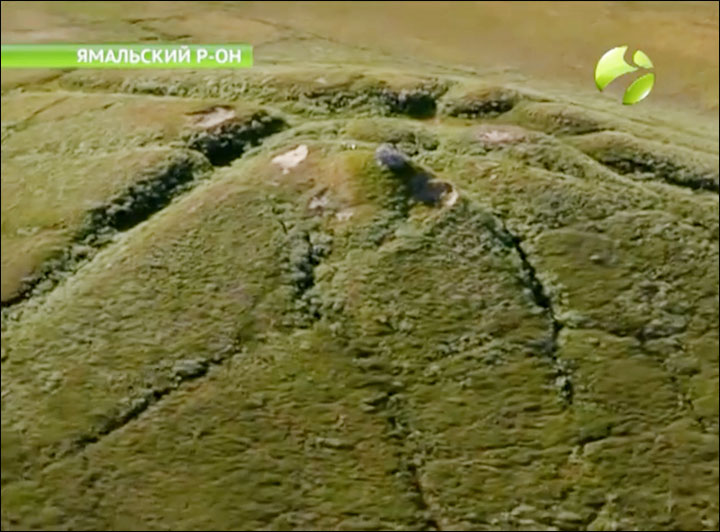
Bulging bumps in the Yamal and Gydan peninsulas believed to be caused by thawing permafrost releasing methane. Pictures: Yamal Region
The region has seen several recent examples of sudden ‘craters’ or funnels forming from pingos after what scientists believe are caused by eruptions from methane gas released by the thawing of permafrost which is triggered by climate change.
‘We need to know which bumps are dangerous and which are not,’ said Titovsky. ‘Scientists are working on detecting and structuring signs of potential threat, like the maximum height of a bump and pressure that the earth can withstand.’
He said: ‘Work will continue all through 2017.’
Scientists are drawing up a map of underground gas bubbles in Yamal, a key energy production region, which they believe can harm transport and infrastructure.
The Ural branch of Russian Academy of Science says that thawing permafrost is a suspected reason for the cause of underground gas bubble formation. ‘An early of gas bubbles was discovered during a summer 2016 expedition to Bely island,’ said a spokesman.
Our pictures and video of this remarkable gas release are seen here, although this phenomenon appears different to the exploding pingo events. These bubbles – such as one seen in our video on Bely Island – have been called ‘trembling tundra’.
‘Their appearance at such high latitudes is most likely linked to thawing permafrost which in is in turn linked to overall rise of temperature on the north of Eurasia during last several decades,’ said a spokesman.
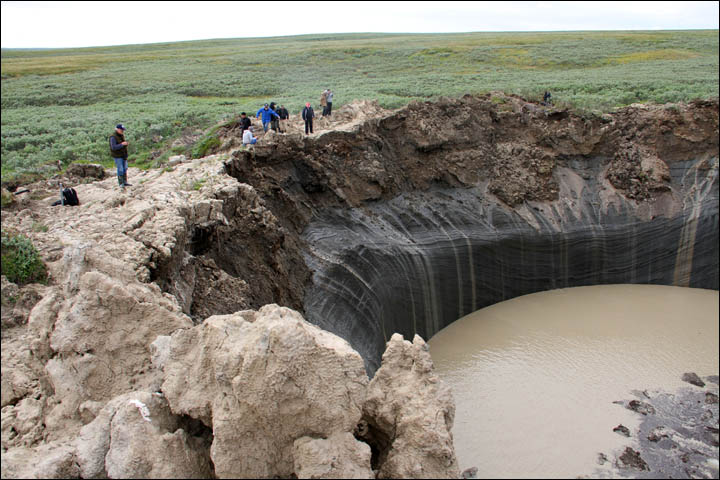
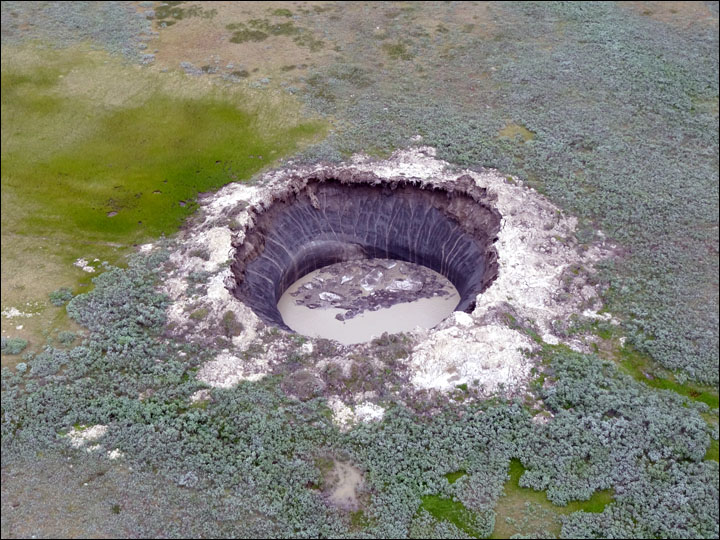
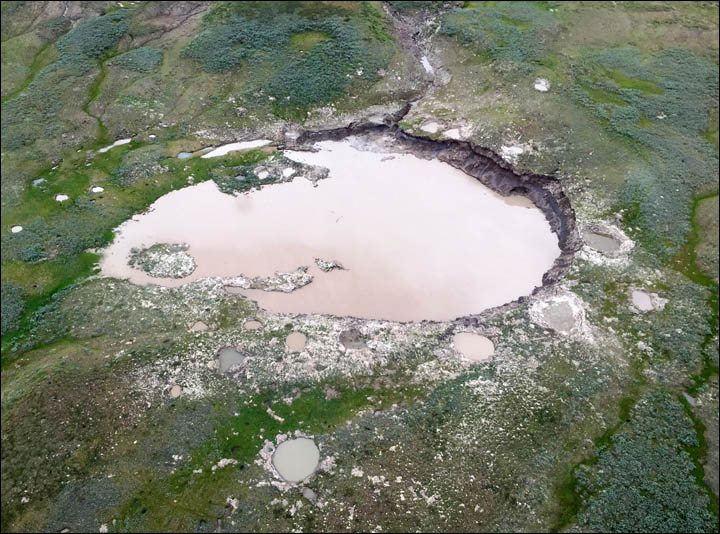
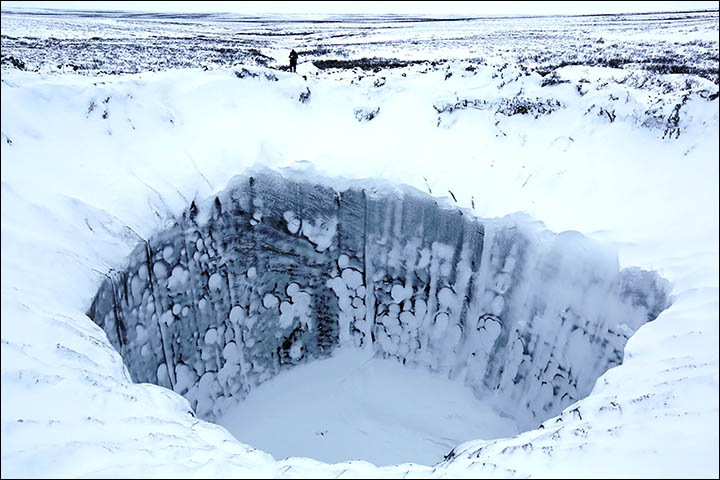
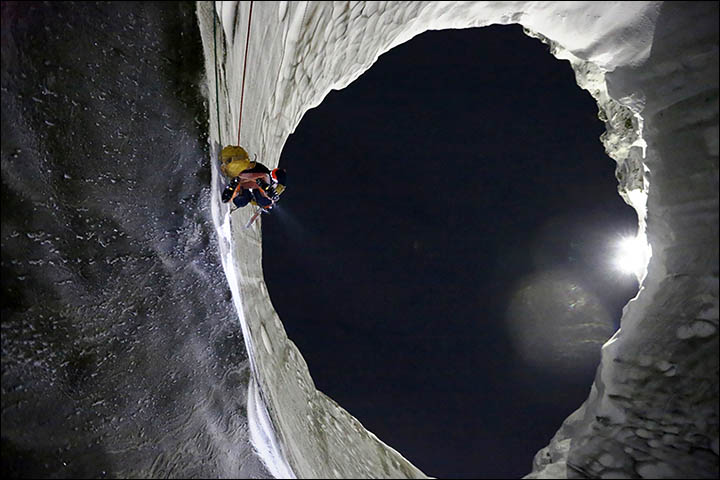
Giant crater formed after pingo explosion near Bovanenkovo gas deposit in 2014. Pictures: Vasily bogoyavlensky, Yamal governor’s press-service, Vladimir Pushkarev
‘An abnormally warm summer in 2016 on the Yamal peninsula must have added to the process.’
Analysis last year of the Bely island underground gas pockets – or jelly-like bubbles – showed multiple excesses of greenhouse gas content compared with average levels in the atmosphere.
Methane exceeded the norm 1,000 times, while carbon dioxide was 25 times above the norm. Initial measurements had suggest methane levels 200 times above usual levels.
Some 15 examples of this swaying Siberian ground were revealed last July on Bely Island, a polar bear outpost some 750 km north of the Arctic Circle in the Kara Sea. One research team account at the scene said: ‘As we took off a layer of grass and soil, a fountain of gas erupted.’
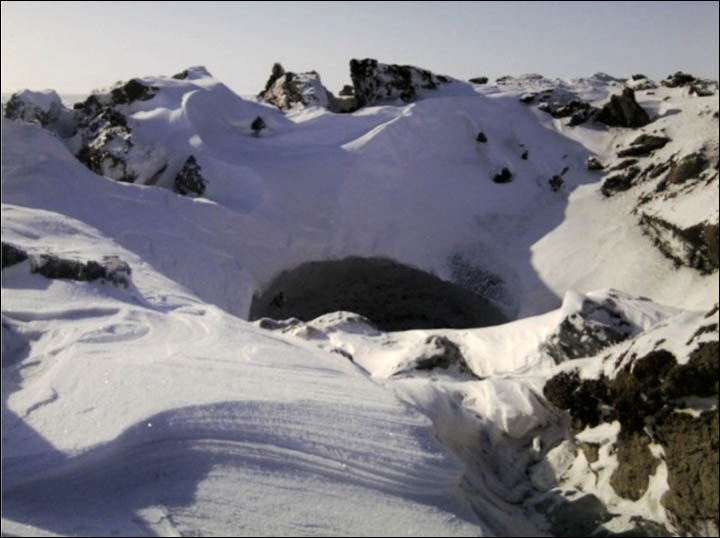
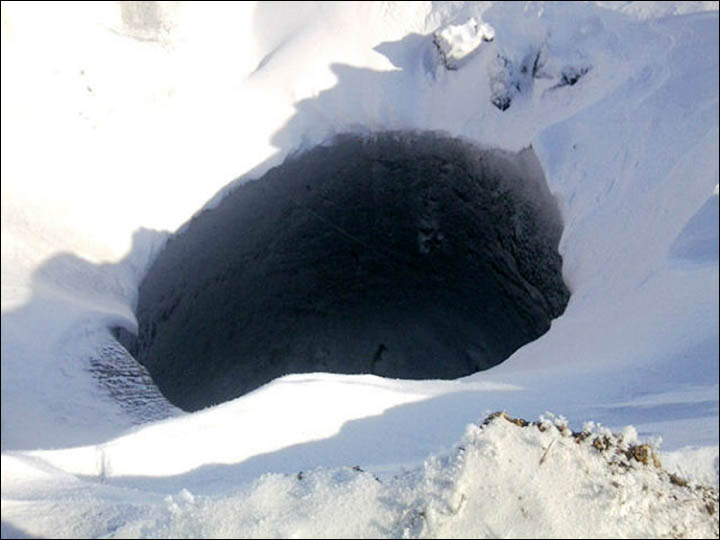
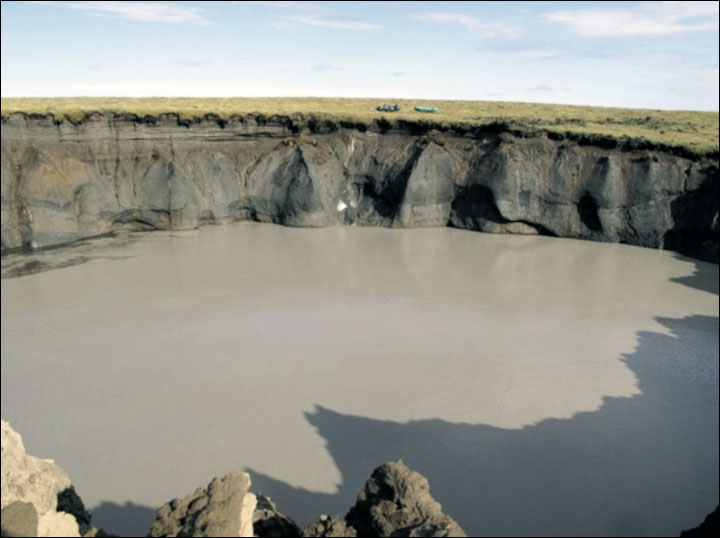
Recently there were accounts of a ‘big bang’ triggering the formation of a crater on the Taimyr Peninsula. Pictures: Sergei Lapsui, Stanislav Yaptune, Vladimir Epifanov
The summer was abnormally hot for the Yamal peninsula, with the air temperature reaching 35C.
This heat impacted on the depth of seasonal thawing which grew both deeper spread wider than in the past, so causing the formation of new lakes and a noticeable change in the regional tundra landscape.
Scientists are simultaneously observing the sudden formation of the large craters, evidently caused by eruptions or explosions of methane gas which has melted below the surface.
Most experts now believe they were created by explosions of methane gas unlocked by warming temperatures in the far north of Russia.


